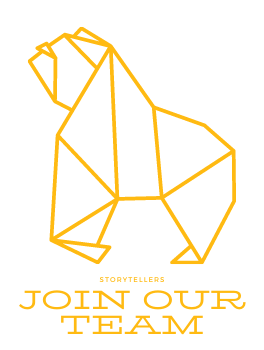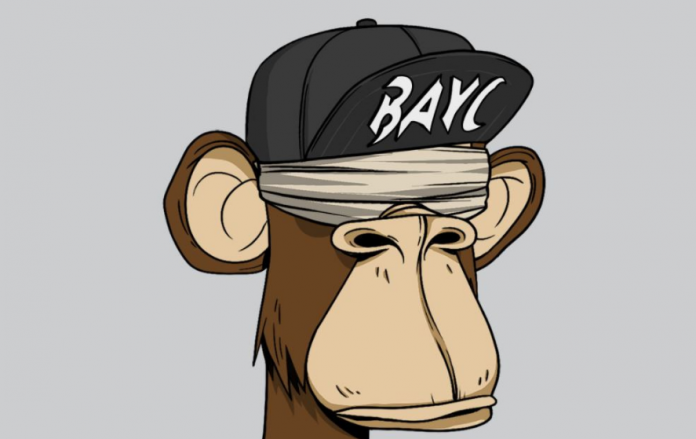Is the current NFT (non-fungible token) market in a bubble or is it different than the ICO mania?
We see a lot of discussions comparing the ICO mania with the current NFT craze. Having gone through both, I realized there are naturally a lot of parallels between the two cycles. Nevertheless, there are notable distinctions to consider as well. We’ll dig into specific aspects of both cycles to help us navigate the unknown and have a more holistic view on the current market behavior.
- FOMO > Similar
ICO investors were hunting for the next BTC (Bitcoin) & ETH (Ethereum). Early on, you would be able to 10-50x your initial investment on a monthly basis. When we hit the euphoria stage in the market, this number was pushed for certain projects to 100x from pre-sale price to 1st day of listing on exchanges.
NFT investors are chasing the next CryptoPunk/BAYC (Bored Ape Yacht Club). This attracts capital in this space alongside a tsunami of new projects from which ~90% are copies of the original ideas and lack any real unique value proposition.
Oversaturated markets lead to an overall reduction in quality of new projects. One side effect is the increase of noise on CT and making it increasingly harder to filter out the fluff.
- Hyperinflated asset prices > Similar
ICO (initial coin offerings) tokens traded at insane multiples from initial price based on a white paper that laid out the roadmap of each project. Some of them had a timeline that extended until 2022. Needless to say, the majority of those projects aren’t around anymore.
The NFT space has only recently made its way into the headlines of traditional media channels. This has been followed by an influx of capital into this space leading to an overall inflation in asset prices that greatly exceeds the asset’s intrinsic value.
The rise in asset prices in turn feeds FOMO across the community. As a side effect, money gets thrown from one project into the next. Sooner or later, this leaves members bag holding worthless assets.
- Influencers > Similar
ICO had its fair share of influencers on CT that were perceived by the vast majority as investment geniuses. This is mainly due to the fact that they managed to get high ROIs on some of their early investments. That’s mistaking correlation with causation. You had to be really unlucky to not make money during that period. Ninety percent of them didn’t anticipate that the music would stop playing and were left holding tokens that lost 70-90% in value.
NFTs have also seen a surge in influencers. Merit is based on the same metrics as we’ve seen in the ICO phase. We all tend to think that someone’s historic track record is a good indicator of their future track record. That said, influencers will remain in profits longer than other participants. This is driven by the fact that their followers blindly buy into any recommendation that gets thrown at them. This, in turn, leads to influencers being successful and strengthening their overall image across the space.
- Tribalism > Similar
Needless to say, the tribalism in the cryptocurrency market was huge and still exists today. From LINK marines to BTC maxis all the way to DOGE fanatics.
Tribalism is both a bug and a feature. It can be viewed as a bug because it leads to polarized communities that lack open mindedness and lose perspective that we are all in this together. On the other hand, it can be perceived as a feature as it enables a long-term holder base that benefits the market in the long run.
- Scams > Similar
Most scams were conducted on Slack/Telegram as those were the most dominant platforms in 2017 to conduct due diligence of upcoming projects. Phishing emails, sim swapping, and hacks were all part of the timeline.
With the rise of capital flowing into the NFT space, opportunists came along to exploit newcomers and leverage the lack of education in this space to their own benefit. This time, the go-to platforms is Discord, where most scammers are lurking just around the corner.
- Innovation > Similar & different
One of the multiple innovations enabled by ETH is a new way for anyone around the world with a sound idea to raise an exuberant amount of capital at record speed. Mostly based on a simple white paper, which is equivalent to a roadmap + technical details on how they would differentiate from ETH. Throwing around a bunch of buzz words and a well-designed website with a roadmap was enough to raise an immense amount of money.
Being a novel new blockchain based application, NFTs do enable the disruption of existing markets. More importantly, NFTs enable the creation of entire new markets that haven’t been possible before. Nonetheless, we also see a lot of copy-paste projects that don’t bring anything new to the space. New applications of NFTs will keep growing over time through both boom and bust cycles, but will mainly be incremental innovation vs. radical innovation.
- Liquidity > Similar & different
ICOs were and still are a very liquid asset class. Meaning that you will always find someone to sell your tokens to, whether it’s at a loss or gain. Some later projects introduced vesting periods that would unlock your tokens over a period of time (ranging from 2 weeks to 2 years) resulting in a less liquid market. This made it extremely risky to enter a pre-sale where most of your capital would be locked up for months. When the music stopped playing and capital was locked in, most investors lost 90% of all their holdings.
NFTs themselves are a less liquid asset class. You have to rely on someone else wanting to buy it from you through platforms like OpenSea, Rarible, etc. Given the lack of liquidity, this makes it a lot riskier to jump into new projects you won’t be able to sell at a loss. With new projects coming up every day, if participants in this space can’t get into a new NFT project, there is a new one just around the corner. Instead of buying NFTs from the secondary market, it will be used for the next project, leaving the previous project holders holding an asset with little to no demand.
- Giveaway -> Similar & different
ICOs introduced the concept of “airdrops”. This was a simple mechanism to get a larger holder base and lead to more attention driven to the project. Most of the projects using that mechanism were of very low quality. Given the liquidity of tokens, recipients could still sell them for free $$$ on any exchange.
NFT giveaways are similar but still different concepts to airdrops. Airdrops attract a lot of excited participants that want free NFTs. No one can blame them, we all love free stuff. One of the unnoticed consequences, however, is that the retweeting and sharing leads the NFT to pop up on a majority of Twitter feeds. This in turn increases exposure whilst driving FOMO and eyeballs to the project.
High-quality teams, on average, don’t do giveaways. They usually seek organic growth based on merit rather than free JPEGs. They trust on their own ability to execute their project in the long term and in consequence accrue value to the NFT.
So is the current NFT market in a bubble or is it different to the ICO mania? The short answer is YES.
A lot of parallels can be seen in the behavior of participants in both markets. This leads to similar outcomes and issues. Nevertheless, the perceived differences are currently pointing to a more risky asset class due to its lack of liquidity. Being patient and accepting the fact that you will miss out on opportunities are key to survival. Find projects that show radical innovation vs. incremental innovation and we will collectively steer the market in the right direction.



